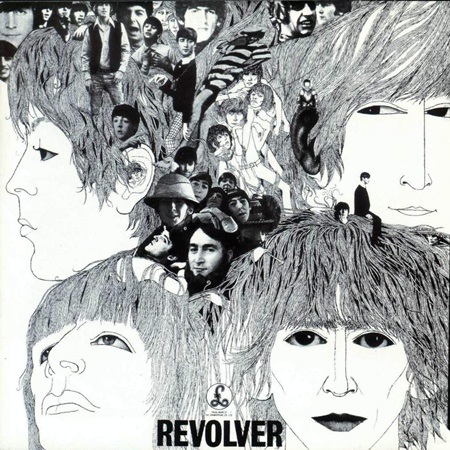
The Beatles, Revolver (Parlophone) – Released: August 5, 1966
The album’s first side is a display of diversity. Each song takes you to a new place. From the brutal drive of “Taxman” (that’s McCartney playing the solo) to Paul’s wistful “Eleanor Rigby”, then sleepy Lennon drifts through the backward guitars of “I’m Only Sleeping”, before Harrison’s “Love You To” introduces real Indian music to a rock and roll album, and just when that strangely haunting mix of sitar, tabla and tambura fades, Paul is back with “Here, There And Everywhere”, the most beautiful Beatles-song ever, all ethereal harmony voices gracing a tender, summery melody.
Then Ringo arrives in his “Yellow Submarine”, a happy-go-lucky sing-along that actually is Ken Kesey’s Merry Pranksters under water dressed up as a children’s song. The amazing first half of “Revolver” ends with a blistering “She Said She Said”, packed with chiming, metallic guitars and manic thunderous drums, John’s vocals nearly drowned in a tsunami of sound.
Side 2 doesn’t have the same diversity, but all tracks are wonderful and last stop is the forever magnificent “Tomorrow Never Knows”.
“Revolver” has been rated the greatest album of all time by numerous critics. I think they are right.
Contents: Taxman/Eleanor Rigby/I’m Only Sleeping/Love You To/Here, There and Everywhere/Yellow Submarine/She Said She Said/Good Day Sunshine/And Your Bird Can Sing/For No One/Doctor Robert/I Want to Tell You/Got to Get You into My Life/Tomorrow Never Knows
Bob Dylan, Blonde On Blonde (Columbia/CBS) – Released: July 1966
“Blonde On Blonde” is a travelling carnival of Americana populated by enigmatic characters that move in the shadows where flickering torchlight battles darkness, half unreal, half-recognizable. There is humor here and unparalleled beauty, hissing putdowns and cheering speed trips, and deep inside behind the burlesque images and puzzling stanzas you find Dylan himself, at that time the loneliest soul in the world, kneeling before his muse in the album’s forever swaying finale, “Sad Eyed Lady Of the Lowlands”.
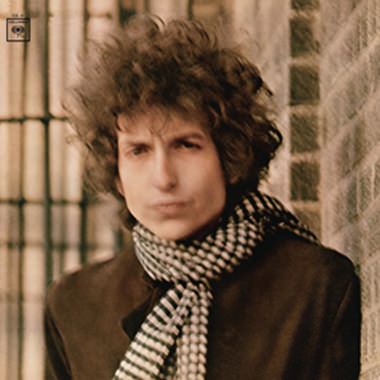
Musically “Blonde On Blonde” is extraordinarily rich. It opens with the slide trombone driven Salvation Army pastiche “Rainy Day Women Nos. 12 & 35” that managed to get the holler “Everybody must get stoned!” past the censors. It dives deep into the blues with “Pledging My Time”, slaps Lennon’s fingers with the guitar picking “4th Time Around” (poking fun at “Norwegian Wood”), and hits tender, naked nerves with “One Of Us Must Know (Sooner Or Later)” in a woosh of organ chordes.
Then it delivers the surreal pop tune “I Want You”, hits epic heights with the enigmatic, fascinating stories of “Stuck Inside of Mobile with The Memphis Blues Again” and “Visions of Johanna”, mixes salt with sugar on the bittersweet and very commercial sounding “Just Like A Woman” and checks out with the extraordinary “Sad Eyed Lady Of The Lowlands” that lasts for 11 minutes and 23 seconds, and still feels too short.
Contents: Rainy Day Women #12 & 35/Pledging My Time/Visions of Johanna/One of Us Must Know (Sooner or Later)/I Want You/Stuck Inside of Mobile with the Memphis Blues Again/Leopard-Skin Pill-Box Hat/Just Like a Woman/Most Likely You Go Your Way (And I’ll Go Mine)/Temporary Like Achilles/Absolutely Sweet Marie/4th Time Around/Obviously 5 Believers/Sad Eyed Lady of the Lowlands
The Beach Boys, Pet Sounds (Capitol) – Released: May 16, 1966
If God made records, this would be one of them. Beach Boys released a couple of strong albums in 1965, but nothing like this, nothing like this at all.
“Pet Sounds” is out of this world, created by the genius mind of Brian Wilson in his absolute prime and painstakingly pieced together by Brian over a period of several months by using some of LA’s top session musicians (apart from Brian Wilson, The Beach Boys themselves did not participate until it was time for laying down the vocals). And then the whole thing ignited.
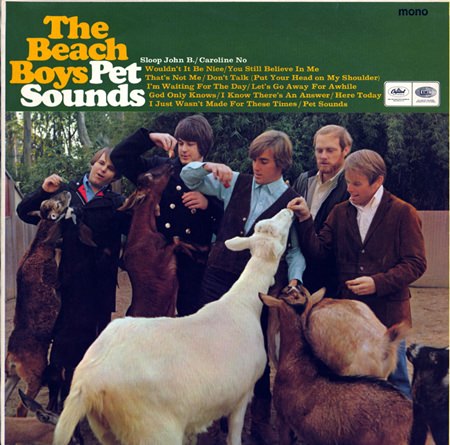
If there is a theme to this album apart from feeling the pain of growing up and missing the innocence of childhood, it is the sound of all ingredients coming together, the complex vocal and instrumental arrangements reach such heights of overwhelming beauty and melancholy that you feel like going down on your knees. For me “God Only Knows” might be the most beautiful pop recording ever made.
“Pet Sounds” was a work of innovation and its influence on the development of rock music cannot be overrated. It was one of the first rock albums made to be digested as a complete listening experience, a precursor to art rock and prog rock.
Contents: Wouldn’t It Be Nice/You Still Believe in Me/That’s Not Me/Don’t Talk (Put Your Head on My Shoulder)/I’m Waiting for the Day/Let’s Go Away for Awhile/Sloop John B/God Only Knows/I Know There’s an Answer/Here Today/I Just Wasn’t Made for These Times/Pet Sounds/Caroline, No
Donovan, Sunshine Superman (Epic) – Released: August 26, 1966
Donovan took all the best of the new trends on both sides of the Atlantic and mixed it with stuff he already had on his mind; medieval romance, Victorian poster art, oriental wisdom, the guitar techniques of Bert Jansch and John Renbourn, British folk, jazz, and of course The Beatles – and drugs.
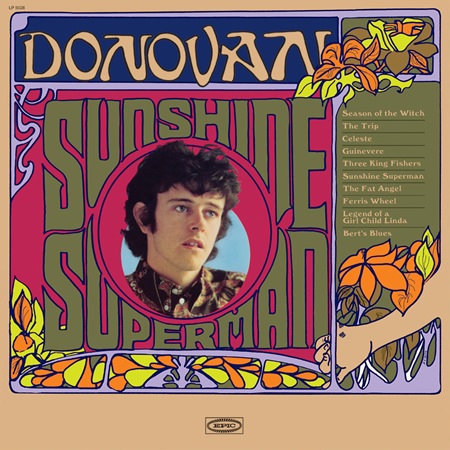
“Sunshine Superman” is so different from its predecessor, “Fairytale”, that one can hardly believe that it’s the same artist. Allied with the legendary British hit producer Mickie Most and music arranger John Cameron, Donovan made music that both captured the spirit of the times and moved boldly on to unmapped territory.
Cameron treated every tune as an individual being, providing it with its own unique arrangement. Even if this was supposed to be pop music, he picked quite unusual instruments to paint Donovan’s musical images. With Donovan’s acoustic guitar as a starting point, he added harpsichord, strings, woodwinds, sitar and double bass in addition to traditional instruments like drums, electric bass and electric guitar.
Each song is a stunning creation. And Donovan has the perfect voice for these beautiful melodies and poetic lyrics, mild, warm and intimate. “Sunsine Superman” is a summery slice of psychedelic chamber pop. A treat.
Contents: Sunshine Superman/Legend of a Girl Child Linda/Three King Fishers/Ferris Wheel/Bert’s Blues/Season of the Witch/The Trip/Guinevere/The Fat Angel/Celeste
The Rolling Stones, Aftermath (Decca) – Released: April 15, 1966
And finally Mick and Keith decided they were ready for a full album of self written songs, and Brian on the other hand, temporarily found great pleasures in his new role as the Stones’ flamboyant multi-instrumentalist.
There are still traces of the Chicago electric blues on this album, but it’s much less obvious than before. The group’s fascination with the Memphis groove and contemporary soul music is also present.
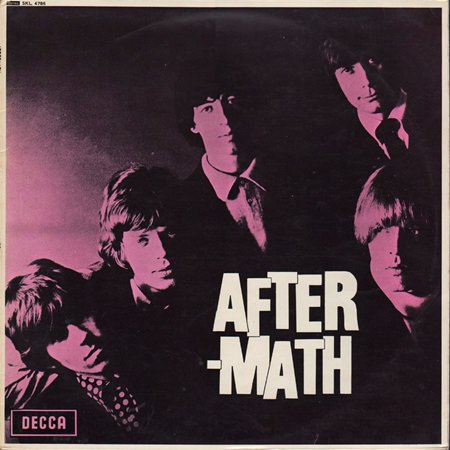
But “Aftermath” is so much more as the Stones are entering swinging London with this collection of songs, showing a musical versatility not present on previous records. There’s colourful pop music here, airy acoustic sing-a-longs, country pastiches, folk, a gorgeous piece of Elizabethan balladery (“Lady Jane”) and a piece of satire (“Mother’s Little Helper”) that is so close to The Kinks of 1965-66 that Ray Davies probably thought they stole it from him. The lyrics are both playful and stinging, but there are also moments of sexism and plain evil (“Under My Thumb”, “Stupid Girl”).
Brian Jones sprinkles magic on most tracks. The fragile dulcimer on “Lady Jane”, the electric slide on “Mother’s Little Helper”, the sensual, bubbling marimba runs on “Under My Thumb” and “Out Of Time”, the koto (and triangle) on “Take It Or Leave It” (a tune so immediately likeable they gave it to The Searchers who released their version as a single), the fuzz guitar on “Think”. The wonders of “Aftermath” are unthinkable without Brian Jones’ contributions.
I highly recommend the mono mix, it sounds so much greater than the pale and tinny stereo-version.
Contents: Mother’s Little Helper/Stupid Girl/Lady Jane/Under My Thumb/Doncha Bother Me/Goin’ Home/Flight 505/High and Dry/Out of Time/It’s Not Easy/I Am Waiting/Take It Or Leave It/Think/What To Do
Mothers Of Invention, Freak Out (Verve) – Released: June 27, 1966
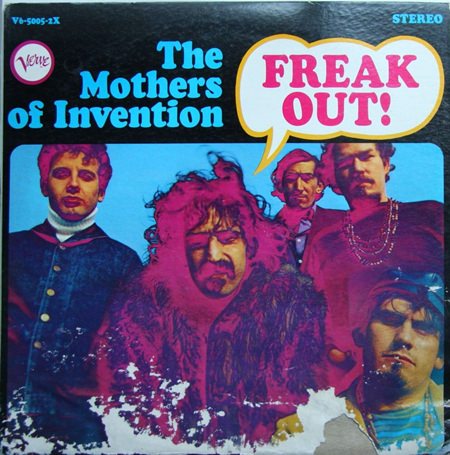
Frank Zappa was a pretty vicious satirist. But he was also a spectacular musician with exceptional abilities when it came to editing chaos down to a structured plan. “Freak Out!” was his debut.
Contents: Hungry Freaks, Daddy/I Ain’t Got No Heart/Who Are the Brain Police?/Go Cry on Somebody Else’s Shoulder/Motherly Love/How Could I Be Such a Fool/Wowie Zowie/You Didn’t Try to Call Me/Any Way the Wind Blows/I’m Not Satisfied/You’re Probably Wondering Why I’m Here/Trouble Every Day/Help, I’m a Rock (Suite in Three Movements) I. Okay to Tap Dance II. In Memoriam, Edgard Varèse III. It Can’t Happen Here/The Return of the Son of Monster Magnet (Unfinished Ballet in Two Tableaux) I. Ritual Dance of the Child-Killer II. Nullis Pretii (No Commercial Potential)
The Butterfield Blues Band, East-West (Elektra) – Released: August 1966
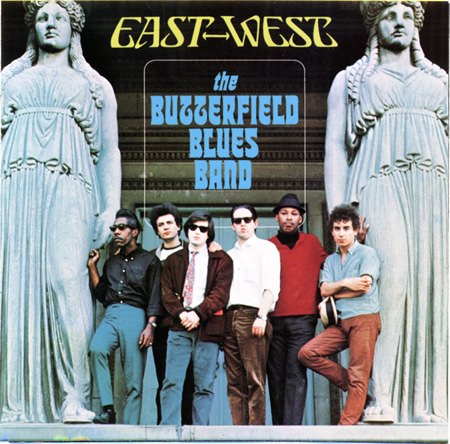
This album offers sparkling guitar playing from both Bloomfield and Elvin Bishop, and plenty of examples of Paul Butterfield’s outstanding harmonica technique.
Contents: Walkin’ Blues/Get Out of My Life Woman/I Got A Mind to Give Up Living/All These Blues/Work Song/Mary, Mary/Two Trains Running/Never Say No/East-West
The Kinks, Face To Face (PYE) – Released: October 28, 1966
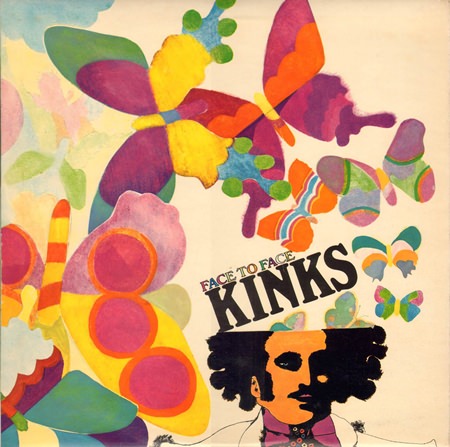
The Kinks deliver a superb album containing narrative songs about everyday people with a lovely twist of social satire to it.
Contents: Party Line/Rosie Won’t You Please Come Home/Dandy/Too Much on My Mind/Session Man/Rainy Day in June/A House in the Country/Holiday in Waikiki/Most Exclusive Residence for Sale/Fancy/Little Miss Queen of Darkness/You’re Lookin’ Fine/Sunny Afternoon/I’ll Remember
John Mayall with Eric Clapton, Blues Breakers (Decca) – Released: July 22, 1966
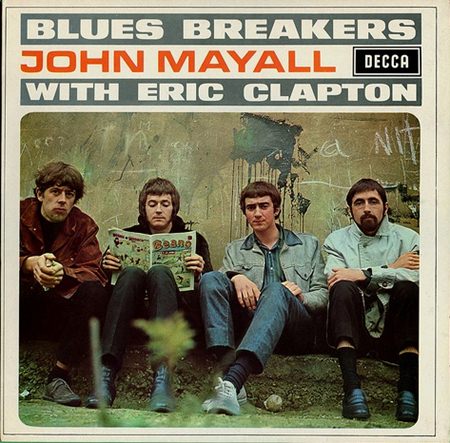
An extremely important album that represents the beginning of a new era for British rock in general and British guitar players in particular. The young Eric Clapton is outstanding.
Contents: All Your Love/Hideaway/Little Girl/Another Man/Double Crossing Time/What’d I Say/Key to Love/Parchman Farm/Have You Heard/Ramblin’ on My Mind/Steppin’ Out/It Ain’t Right
Buffalo Springfield, Buffalo Springfield (Atco) – Released: December 5, 1966
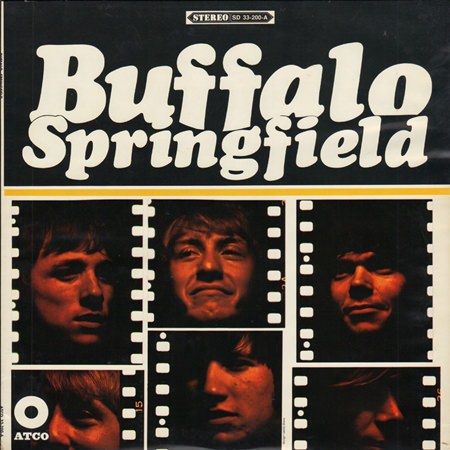
The amazing start of two giants: Stephen Stills wrote the majority of the songs, but Neil Young is responsible for the magnificent “Burned”.
Contents: Go and Say Goodbye/Sit Down, I Think I Love You/Leave/Nowadays Clancy Can’t Even Sing/Hot Dusty Roads/Everybody’s Wrong/Flying on the Ground Is Wrong/Burned/Do I Have to Come Right Out and Say It/Baby Don’t Scold Me/Out of My Mind/Pay the Price (“Baby Don’t Scold Me” was replaced with “For What It’s Worth” when the album was re-released in March 1967)
First published in Pattaya Mail on Aug 7, 2014.
 |
 |
 |





